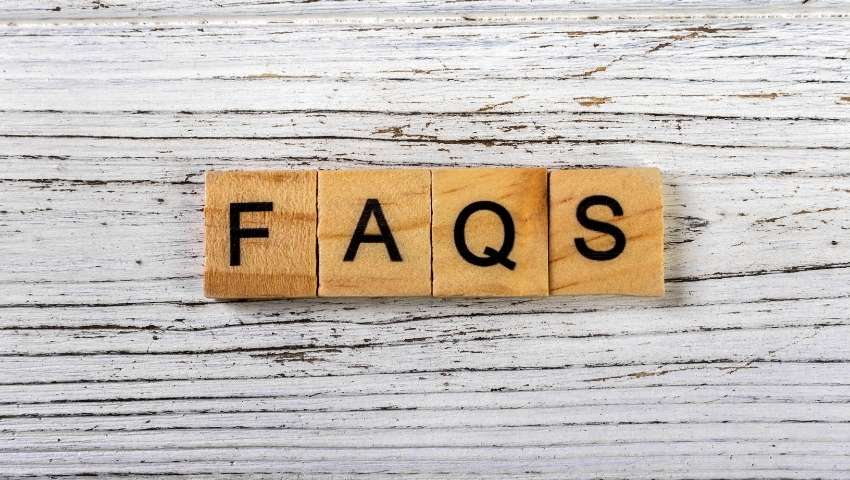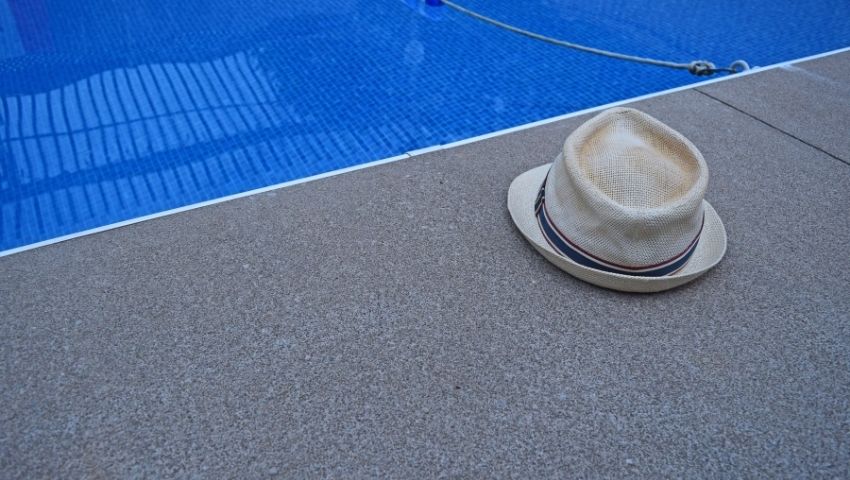Top 8 Rubber Surfacing FAQs
Everywhere you go, you see rubber surfacing these days. Apart from playgrounds and garage floors, rubber surfaces are installed in pool decks, patios, walkways, and numerous other commercial and residential areas.
Rubber floorings are known for their durability, versatility, easy installation and maintenance, and several other benefits. But when you are actually going to install it, specific questions arise in your mind concerning its application, installation, performance, technical aspects, and maintenance.
These rubber surfacing FAQs will serve as a guide and clear all your doubts. So without further ado, let’s answer the common top 8 rubber surfacing FAQs one by one:
1. Where can you apply rubber surfacing?
Owing to its anti-skid and vibration impact absorption properties, Rubber Surfacing is the preferred surface flooring option for indoors. It’s even a good option for outdoor areas that require a non-slip and hard-wearing surface.
Besides, there is a wide range of rubber surfacing options to add to the comfort and aesthetics of space.
Rubber surfaces are popularly installed in resorts, swimming pool decks, playgrounds, parks, recreational areas, daycares, senior care centers, commercial spaces, homes, garages, walkways, and more.
2. On what subfloors can you install rubber flooring?
As long as you have a stable subfloor, you can install rubber flooring. Rubber surfaces are usually laid on concrete, tiles, asphalt, wood, stone, brick, steel, and carpet.
3. What surface depth is needed for rubber surface installation?
The minimum thickness that can be laid will depend on the existing base. Usually, 20mm thickness and above can be installed onto a stable, concrete area. If your subfloor is type-1 mot stone, a minimum of 40mm thickness can be installed.
Since playground areas are flooded with swings and other such equipment, the depth of wet pour rubber will be determined by the equipment. You will have to meet the critical fall height based on that equipment.
4. How long do you have to wait before you walk or park on your rubber surface?
The curing period for pour-in-place rubber differs from place to place. It is determined by temperature and humidity level. However, typically, it takes 48 hours for pour-in-place rubber to set properly before you are able to walk on that surface.
However, for parking a car or placing any heavy or high-pressure equipment on the new rubber surface, it is best to wait for 3-5 days.
5. What is the best tip to maintain a rubber surface?
It is easy to maintain a rubber surface. You can simply brush the surface regularly or use a blower on the surface to get rid of airborne particles or other debris.
After 3-5 years, you will be required to deep clean the surface using a pressurized water process.
Outdoor rubber flooring needs extra care. Since it is subject to wear and tear, to extend its lifespan, you can:
- Use UV-stable rubber flooring. It will prevent the product from fading after a while.
- Owing to its porous nature, salts from the rainwater get trapped in the rubber floors. Clean the surface on a regular basis using a mild cleaning solution. It will remove the deposits.
- Ensure that your installation experts are aware of technical details such as the expansion and contraction of rubber. The tech details should be factored in when working on a project.
For winter maintenance, use snow shovels with plastic blades. For avoiding ice and slippery conditions, you can use ice melt products.
And in the spring, use pressure washing to get rid of any stains and residue.
6. What is the lifespan of a rubber floor?
Usually, rubber floor manufacturers offer a warranty of 5 years. But the lifespan of a rubber floor will depend on how you use and maintain the floor. You can follow the tips mentioned in point 5 to elongate the lifespan of your rubber surface flooring.
7. What if an area of your rubber surfacing gets damaged?
If an area of your floor gets damaged, you can replace it by re-pouring the rubber-resin mix. It will mix well with the rest of the surface. You won’t even notice any trace of the repairs.
You can get the help of certified professionals for handling such tasks.
8. Is rubber surfacing eco-friendly?
Some of the rubber surfacings are made with recycled and pre-cycled tire materials. Since old tires are a significant problem in the landfills and add to the release of methane, opting for rubber flooring is taking an eco-friendly step. You will be helping in reducing the number of old tires that get dumped in the landfill.
Wrap up
There you have it! The top 8 rubber surfacing FAQs answered. You can read this article anytime you have a query concerning rubber surface application, installation, performance, technical aspects, and maintenance. And unless you are very confident about the installation procedure or have already successfully installed it, it is best to leave the task to an expert.


